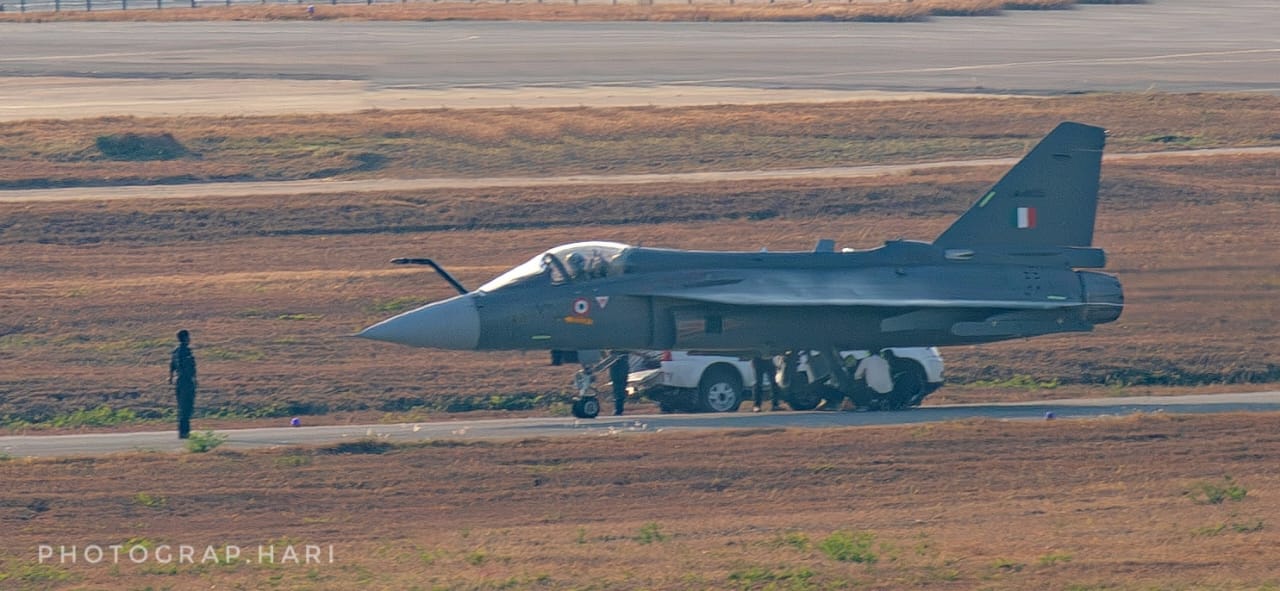
Photographs have recently surfaced of a Tejas Mk1A fighter aircraft, designated LA5033, sporting a redesigned canopy. Experts speculate the striking redesign is intended to significantly enhance pilot visibility, especially during the crucial moments of aerial combat encounters.
The most notable change is a distinctive bulge at the canopy's rear. This enlarged design appears to provide additional space for the pilot's helmet.
The extra space facilitates better head movement, potentially improving situational awareness and minimizing blind spots. For fighter pilots locked in intense dogfights, enhanced visibility is a significant tactical advantage for tracking and engaging adversaries.
This design change is seen as a likely response to insights gained from pilots operating the earlier Tejas Mk1 variant, of which the Indian Air Force (IAF) currently has nearly two squadrons in service. The new canopy design directly addresses a key element of close-quarters combat effectiveness.
While the advantages of the new canopy seem clear, Hindustan Aeronautics Limited (HAL), the Tejas program's lead developer, has not yet provided official statements confirming the rationale for the change. This leaves some room for speculation within the defence community about additional purposes the new design might serve.
The redesigned canopy is a noteworthy development step for the Tejas Mk1A program. Enhanced combat visibility directly contributes to pilot efficiency and success.
The upcoming first flight of the Tejas Mk1A is a much-anticipated milestone in India's drive for an advanced, indigenously-produced fighter jet. The new canopy represents a clear upgrade in its capabilities.
